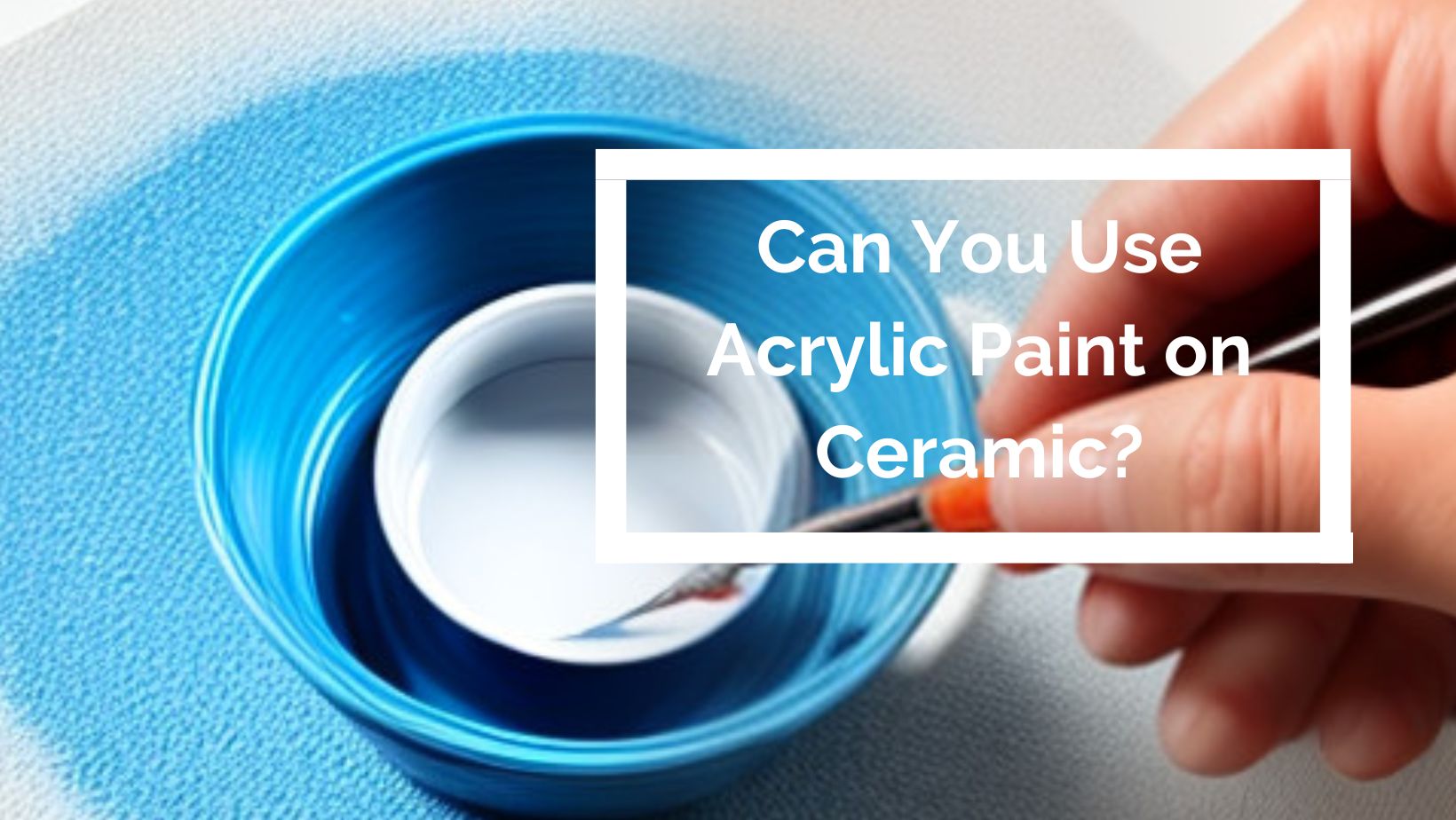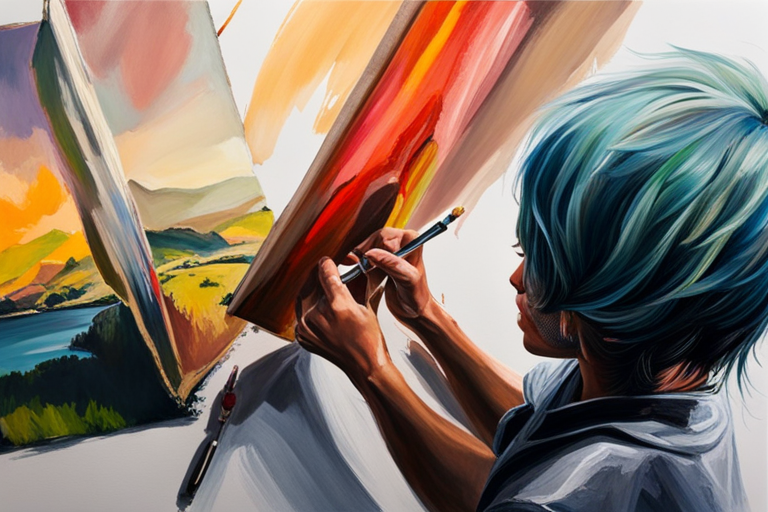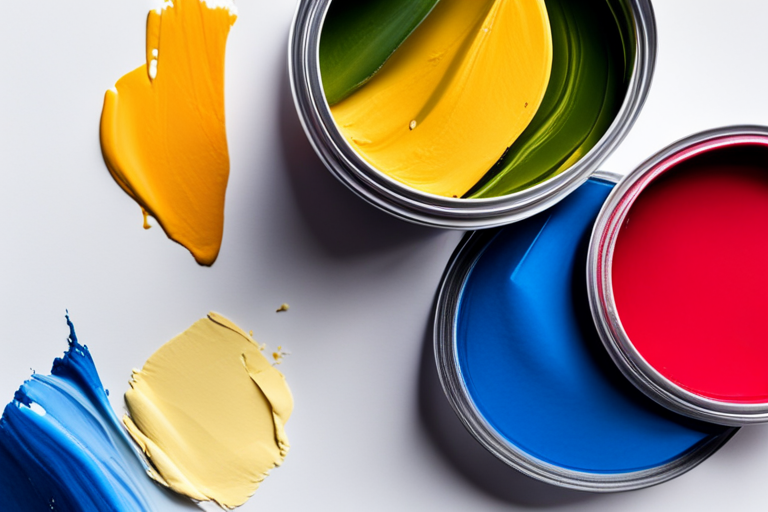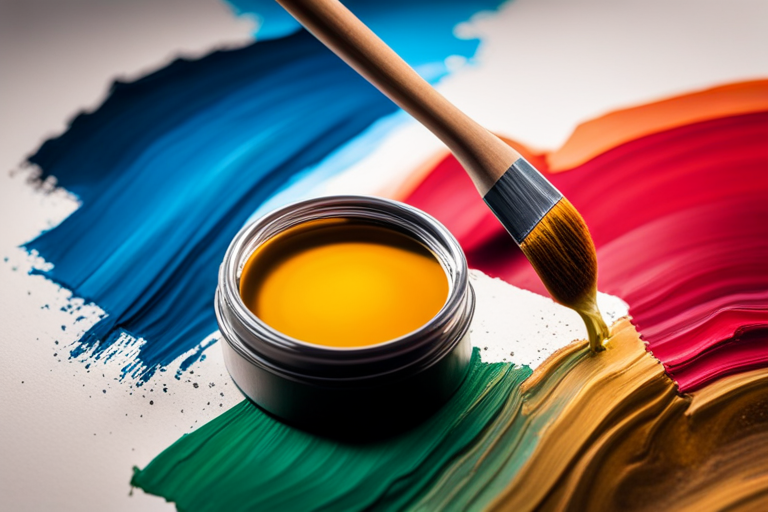Acrylic paint is a versatile medium that can be used on a variety of surfaces, from paper and canvas to wood and metal. But have you ever wondered if it can be used on ceramics? The answer is yes! Using acrylic paint on ceramic can be a cost-effective and fun way to add unique designs and colors to any ceramic piece.
In this blog post, we’ll explore the benefits of using acrylic paint on ceramics, how to properly prep and paint the surface, and some tips and tricks for achieving the perfect finish. Whether you’re an experienced artist or a newbie, this is an essential guide for anyone interested in painting ceramics with acrylics.
Have you ever wondered if you can use acrylic paint to decorate ceramic pieces?
Have you ever found yourself with a beautiful ceramic piece that you want to spruce up with some color, but you’re unsure if acrylic paint is the way to go? Many people wonder if acrylic paint is suitable for decorating ceramics, or if they should stick to the traditional ceramic paint options. The answer is simple – yes, you can use acrylic paint to decorate ceramic pieces.
However, although acrylic paint can be used to decorate ceramic, there is a problem with its use. Ceramic pieces are generally glazed and fired at high temperatures. The glazing process makes the ceramic non-porous and difficult for paint to stick to. This can lead to the paint flaking or wearing away after use. Additionally, the firing process in high temperatures can cause the acrylic paint to blister or crack.
But there is a solution to this problem! To ensure that the acrylic paint adheres well to the ceramic piece, the surface should be properly cleaned and roughened beforehand. There are two ways to achieve this: The first method is to lightly sand the surface of the ceramic piece with sandpaper to roughen it up. The second method is to apply a primer specifically designed for use on ceramics before applying the acrylic paint.
The primer creates a stronger bond between the ceramic surface and the acrylic paint, reducing the chances of flaking or peeling. After applying the acrylic paint, it should be left to dry completely for at least 24 hours before the ceramic piece is fired in a kiln.
It is important to prepare the surface properly before painting ceramic pieces and to use the right primer. Acrylic paint is the right choice for decorating ceramic pieces. With a little bit of effort, acrylic paint can be used to create beautiful, personalized ceramic pieces that will last a long time.
Provides a strong, permanent bond
Not only is it a widely available and inexpensive option, but it also provides a strong, permanent bond that won’t come off after firing. Acrylic paint allows you to achieve a wide range of effects, from glossy and smooth to matte and textured. You can even mix and blend different colors to create unique shades and tones.
One of the great benefits of using acrylic paint on ceramic is the versatility it provides. You can paint on various types of ceramic surfaces, such as pottery pieces, ceramic tiles, mugs, to name a few. You’re only limited by your imagination, so feel free to experiment with different shapes, sizes, and designs.
While acrylic paint is a great option for painting on ceramics, it’s important to prepare the surface correctly to ensure the paint adheres well.
- First, clean the ceramic surface with soap and water to remove any dirt, grease, or debris.
- Then, lightly sand the surface with fine-grit sandpaper to create a rough surface that will help the paint adhere.
- Lastly, apply a primer to the surface before painting to obtain the best results.
This leads to the obvious answer: ceramics can be decorated with acrylic paint. Not only is it a great option for achieving a wide range of colors and textures, but it also provides a permanent bond for a long-lasting finish. So, grab your brushes, pick your colors, and let your creativity shine!
A cost-effective way & a great way to practice painting techniques

Using acrylic paint to decorate ceramics is a great way to create unique and personalized pieces of art. Not only is it a cost-effective way to decorate ceramics, but it also offers the chance to explore new painting techniques and experiment with different finishes and glazes. Acrylic paint is a versatile medium that can be used on a variety of surfaces, including ceramics, and the benefits of using this material are numerous.
One of the main benefits of using acrylic paint on ceramics is that it is easy to use and dries quickly. This allows artists to work quickly and make adjustments as needed without worrying about the paint drying too slowly. Additionally, acrylic paint is durable and long-lasting, meaning that it will not peel or crack over time.
Another benefit of using acrylic paint on ceramics is that it is easy to clean up. Acrylic paint can be washed off of brushes and surfaces with soap and water, making it a convenient choice for artists who want to minimize their clean-up time. Additionally, acrylic paint is non-toxic and safe to use, making it an ideal choice for artists who want to create art in a safe and healthy environment.
When using acrylic paint to decorate ceramics, there are a few key factors to keep in mind. First and foremost, it is important to select the right type of acrylic paint. Look for a paint that is specifically formulated for use on ceramics, as this will ensure that the paint adheres properly to the surface and lasts a long time. It is also important to use a high-quality paintbrush, as this will help to create smooth and even strokes on the surface of the ceramic.
The use of acrylic paint for decorating ceramics is an inexpensive and fun way to create beautiful and unique art. With the right paints and tools, anyone can create stunning ceramic pieces that will last for years to come. So why not give it a try and explore your artistic side with acrylic paint today?
Final Thoughts
I hope you have gained valuable insight into whether acrylic paint can be used on ceramics by reading this blog post. Acrylic paint can be used to paint ceramics, as we have discussed, and it provides a durable, permanent bond that won’t fade or chip over time, making it a versatile and cost-effective option.
Whether you’re looking to transform a dull ceramic vase or add some color to your coffee mugs, acrylic paint can help bring your creativity to life. So, go ahead and experiment with different colors, techniques, and finishes – you’ll be amazed at what you can create!




Leave a Reply